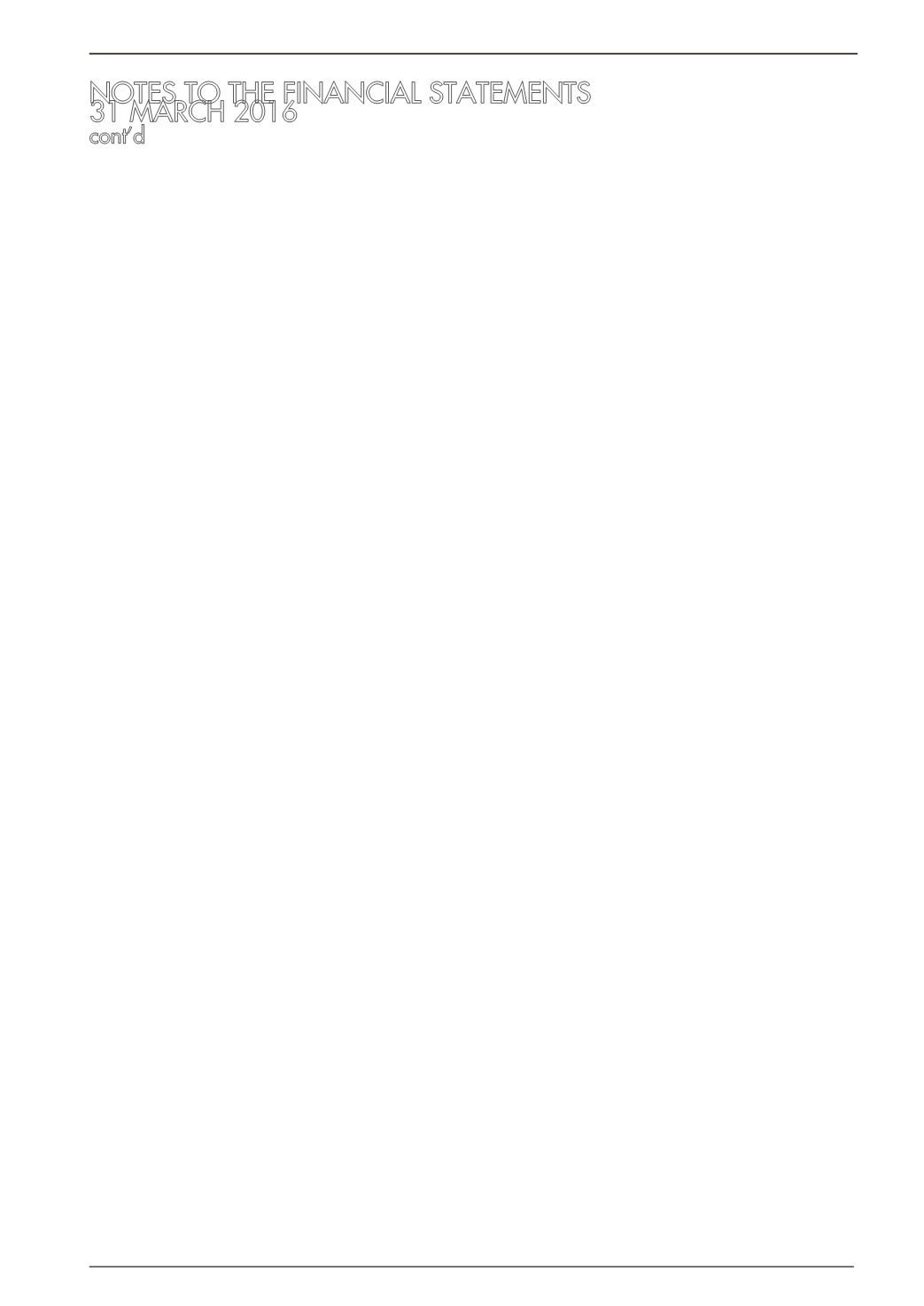

page
107
KUMPULAN FIMA BERHAD
(11817-V) |
Annual Report
2016
2. SIGNIFICANT ACCOUNTING POLICIES (CONT’D)
2.2 New FRSs, Amendments to FRS and IC Interpretations (Cont’d)
(c) Malaysian Financial Reporting Standards (“MFRS”) Framework (Cont’d)
The Group has not completed its assessment of the financial effects of the differences between
Financial ReportingStandards andaccounting standards under theMFRSFramework. Accordingly,
the financial performance and financial position as disclosed in these financial statements for the
year ended 31 March 2016 could be different if prepared under the MFRS Framework. The Group
expects to be in a position to fully comply with the requirements of the MFRS Framework for the
financial year ending 31 March 2019.
2.3 Summary of Significant Accounting Policies
(a) Subsidiaries and Basis of Consolidation
(i) Subsidiaries
A subsidiary company is an entity over which the Group has the following:
(i) Power over the investee (i.e. existing rights that give it the current ability to direct the
relevant activities of the investee);
(ii) Exposure, or rights, to variable returns from its investment with the investee; and
(iii) The ability to use its power over the investee to affect its returns.
In the Company’s separate financial statements, investments in subsidiary companies are
accounted for at cost less impairment losses. On disposal of such investments, the difference
between net disposal proceeds and their carrying amounts is included in profit or loss.
(ii) Basis of Consolidation
The consolidated financial statements comprise the financial statements of the Company and
its subsidiary companies as at the reporting date. The financial statements of the subsidiary
companies used in the preparation of the consolidated financial statements are prepared for
the same reporting date as the Company. Consistent accounting policies are applied for like
transactions and events in similar circumstances.
The Company controls an investee if and if only the Company has the following:
(i) Power over the investee (i.e. existing rights that give it the current ability to direct the
relevant activities of the investee);
(ii) Exposure, or rights, to variable returns from its investment with the investee; and
(iii) The ability to use its power over the investee to affect its returns.

















